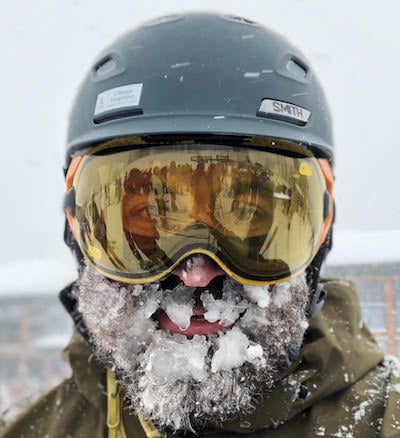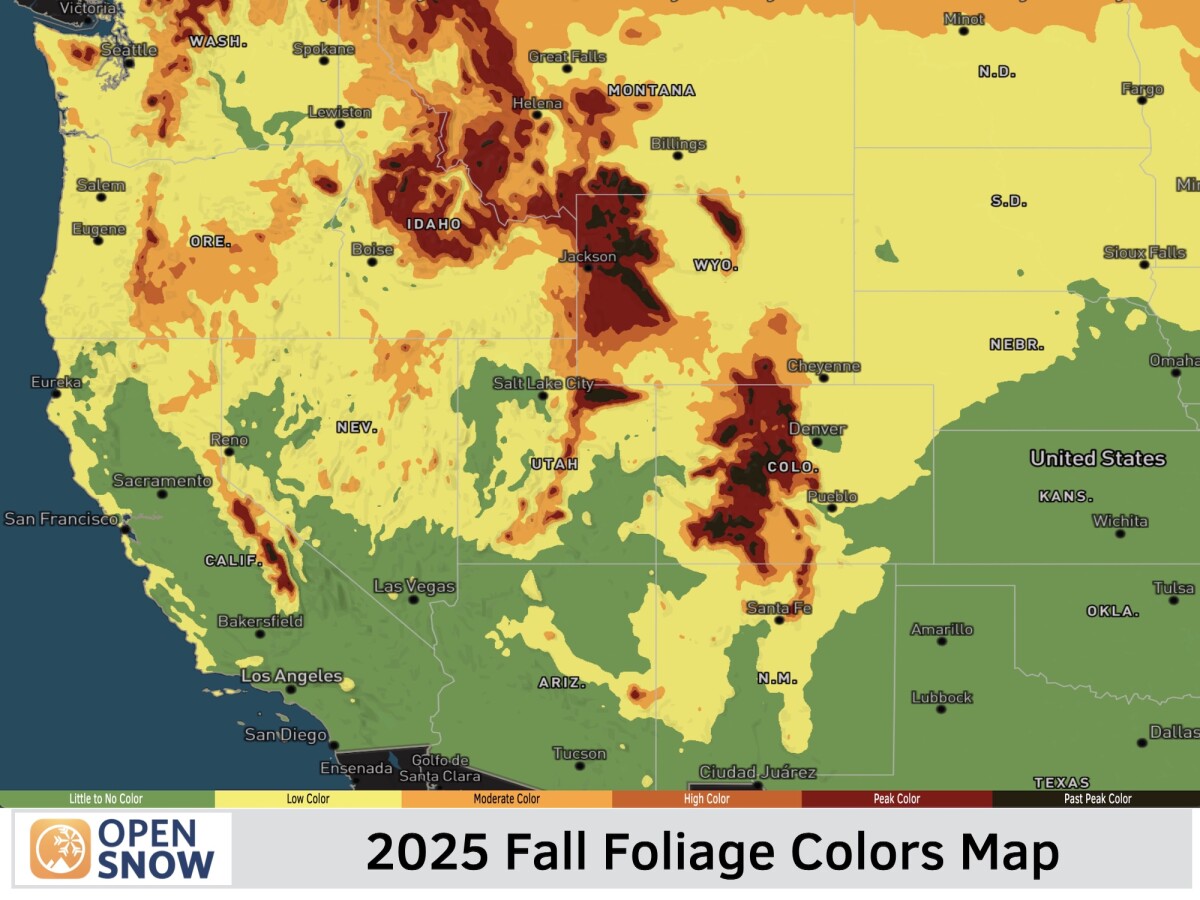News

By Luke Stone, Forecaster Posted 1 year ago June 9, 2024
South America 2024 Winter Outlook
The official 2024 winter forecasts for Chile and Argentina were released last week, and that will be the main focus of this post.
As is the case across North America, ENSO (El Niño/La Niña) conditions impact the temperature and precipitation during the winter months in South America. Currently, El Niño conditions are transitioning toward ENSO-neutral. Equatorial sea surface temperatures (SSTs) are above average in the western and central Pacific Oceans, and below-average SSTs are emerging in the east-central and eastern Pacific Ocean.
A transition from El Niño to ENSO-neutral is likely in the next month. La Niña may develop in June-August 2024 (49% chance) or July-September (69% chance).
The figure below shows the sea surface temperatures and the atmospheric response to the ocean. Due to the colder surface and sub-surface temperatures developing in the eastern equatorial Pacific, the general atmospheric circulation changes. This eventually impacts the jet stream, which determines the storm track, and what region ultimately receives more rain/snow.

Image: Schematic of the La Niña phase of the ENSO cycle. Courtesy of the Australian Government Bureau of Meteorology (BOM).
Generally, La Niña results in cooler conditions in both northern Chile and northern Argentina, with minimal impact on precipitation.

The same disclaimers that apply to North American ENSO forecasts are pertinent here too. Cooler conditions during La Niña represent an average across all Winters with these conditions. Some of these La Niña Winters saw above-normal temperatures, and either of those conditions could happen this year too. Ultimately though, it is more likely that northern Chile and northern Argentina will have a cooler-than-normal season.
Now let's review the predictions from the national weather service agencies of Chile and Argentina. These predictions follow the general expectations for La Niña winters, with some minor adjustments. Let's take a look at Chile, first, with the seasonal forecast for temperature.
The figure below shows the forecast for minimum and maximum temperatures in Chile for June, July, and August.

Image: Minimum and maximum temperature forecast for June, July, and August. Courtesy of the Meteorological Directorate of Chile.
For most of the resorts in Chile, the national weather service is predicting below-normal minimum daily temperatures, except in the southern zone where above-normal minimum temperatures are expected. They expect above-normal maximum daily temperatures for the northern zone, with equal chances for above or below-normal temperatures in the central zone. Overall, this temperature forecast is close to the traditional La Niña averages.
Resorts like Portillo, Valle Nevado, and Chapa Verde may see below-normal temperatures while resorts in the central zone like Nevados de Chillan, Antuco, Corralco, and Araucarias, and Antillanca have the best chances of having a cooler than normal Winter.
For precipitation, the National Weather Service predicts most of the region to be below normal this Winter.

Image: Precipitation forecast for June, July, and August. Courtesy of the Meteorological Directorate of Chile.
However, the eastern part of the southernmost portion of the Andes is expected to see above-normal precipitation, at resorts like El Fraile in Coyhaique and Cerro Mirador near Punta Arenas.
Since the Andes are such a narrow mountain range, and Argentina spans a similar territory longitudinally, similar conditions are expected this Winter, as seen in the figure below.

Image: Precipitation and temperature forecast for Argentina for June, July, and August. Courtesy of the National Meteorological Service of Argentina.
Regarding temperatures, the National Weather Service of Argentina predicts a 40 - 50 % chance for below-normal temperatures in the central zone (Chapelco, Cerro Bayo, Cerro Catedral) this Winter. In the northern zone (Los Penitentes, Las Lenas), they predict equal chances for above or below-normal temperatures.
The National Weather Service of Argentina predicts a 40 - 50 % chance for below-normal precipitation for the central zone (Chapelco, Cerro Bayo, Cerro Catedral). For resorts like Los Penitentes and Las Lenas in the north, equal chances for above or below-normal precipitation are expected.
Finally, let’s take a look at some ensemble seasonal forecasts. Ensemble models run multiple simulations from slightly varied initial conditions. This approach acknowledges the uncertainty in initial conditions and provides a range of possible outcomes. Meteoblue produces a monthly precipitation and temperature outlook using a blend of ensemble models, shown below.

Image: Ensemble blend precipitation and temperature forecast for Chile and Argentina for June, July, and August. Courtesy of Meteoblue.
This ensemble blend predicts close-to-normal temperatures for most of the resorts in Chile and Argentina, with below-normal precipitation, especially in Chile in the northern zone. This closely resembles the seasonal forecasts from the Chilean and Argentinian weather services, except these official outlooks lean toward a slightly colder solution.
Overall, the national weather service agencies and the ensemble blend predict most areas to be slightly drier than normal. There is some expectation of cooler temperatures in the official outlooks from the Chilean and Argentinian weather services, which is in line with historical La Niña averages.
Thanks for reading the South America 2024 winter outlook!
Luke Stone
Forecaster, OpenSnow

About The Author




